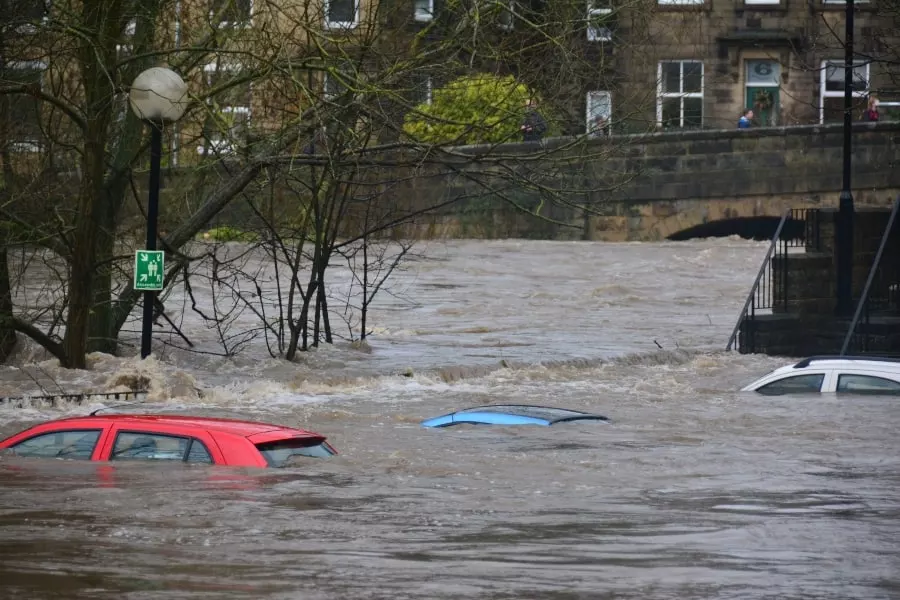A sunken car is a time bomb. No one knows at what moment and which unit will fail. Flooding is the most dangerous for the car’s electrical equipment. Most electrical connectors inside the car are not sealed. In the future, moisture might lead to short circuits. It is bad if moisture gets on the electronic boards. In the event of a short circuit, it may fail.
The main problems that are characteristic of such drowned cars are constant failures of electrical equipment, ABS systems, ESP, airbags, gearboxes, engines, bridges, corrosion of the body, rotting of its elements, as well as the interior. Therefore, it is crucial to carefully investigate the vehicle by the FaxVin service to check the information provided by an insurance company. But checking a car on your own is also worth it. Here is what will be useful.
How To Recognize A Flooded Car?
The most obvious signs are water in lighting devices: headlights, turn signals, fog lights, and dashboard. Dirty water leaves a mark on the reflectors so that it is visible even if the water has been dried.
A poorly disguised flooded car usually has signs on the door trim and a characteristic water line in the trunk or on the seat upholstery. But experienced vendors will try to hide such obvious flaws. And first of all, these elements will either be replaced or thoroughly dried. But this is just a reason to think if everything is okay with a used car with new optics or a recently upholstered interior.
There are also implicit signs that you have a car with a “wet” past. All experts in this field claim that the first thing is a musty swamp smell in the cabin. After all, it is actually very difficult to remove it. If you recognize this smell after getting into the car, forget about this vehicle! This is definitely a sunken car. But if not, turn on the air conditioner for heating and close all windows and doors, wait 7-10 minutes. If there is fogging, condensation appears on the glass, there is a high probability that the car was flooded. So, there is moisture in it, and it starts to come out. But in wet weather, this method is not the best criterion to rely on.
Other essential checkpoints:
- Explore the cabin in hard-to-reach places. If water got there, then you can even find mold, rust, and remains of silt or sand there.
- Look under the torpedo, and even better, disassemble it. There are some metal elements in every car under the torpedo that should not be painted with anything and without rust.
- Check the cigarette lighter, take out the ashtray, and look as deeply as possible (a flashlight will help you). Make sure that there is no rust on all nuts, bolts, and all metal parts. But they should not be rubbed to a shine, either.
- Examine the area under the seats very well. Pay special attention to the springs, the wire frame under the seat itself, and the places where it is attached to the frame.
- Open the trunk and investigate it, just like the cabin.
- Open the hood and carefully inspect the wiring in hard-to-reach places where sand could not get from the road.
- Look in the fuse box — there should also be no traces of sand and water. A new electronic control unit, ignition system, or generator — may be the result of flooding the car.
Hopefully, you will never deal with a car with such a past, however, it is always worth being too cautious than sorry.

